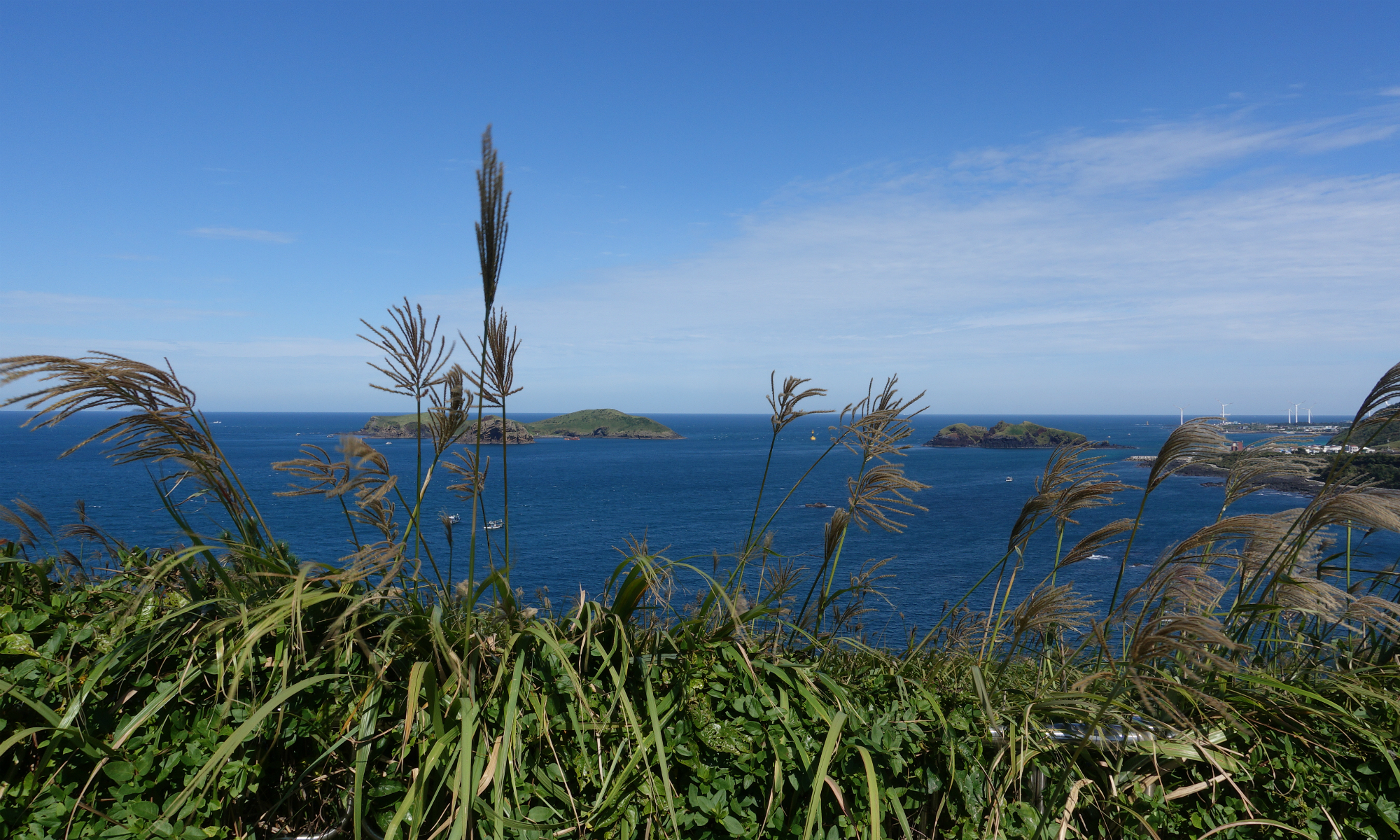Yeouido Island is a large island on the Hangang River in Seoul, Korea. It is Seoul’s main finance and investment banking district. Its 8.4 square kilometers are home to some 30,988 people. The island is located in the Yeongdeungpo-gu district of Seoul, and largely corresponds to the precinct of Yeouido-dong. The island contains the National Assembly Building, where the National Assembly of South Korea meets, Korea Financial Investment Association, the large Yoido Full Gospel Church, the 63 Building, and the headquarters of LG, Korean Broadcasting System, and the Korea Exchange Center. Due mainly to its importance as a financial district and its central location, Yeouido is home to some of Seoul and South Korea’s tallest skyscrapers, including International Finance Center Seoul, the Federation of Korea Industries Tower, as well as the iconic 63 Building.
Seonyudo Island Park – 선유도
Located in the middle of Yanghwadaegyo Bridge, Seonyudo Park is the first ecological water park in Korea, repurposing a former water purification plant.
Built on area of 114,000㎡, the park consists of Water Purifying Botanical Garden, Aquatic Botanical Garden, an eco-friendly water playground, and more attractions where visitors can appreciate various aquatic plants and an ecological forest. There are also various things to see and areas to take a rest in the park, offering a great chance for visitors to learn about the ecosystem and to experience nature.
A pedestrian bridge connecting Seonyudo Island to the Yanghwa area is an ideal place to enjoy the beautiful views of the Hangang River, including the World Cup Fountain and World Cup Park. With colorful lights, the area is gaining popularity as a tourist spot to enjoy the nightscape near the Hangang River. An exhibition hall in the park displays photos of the Hangang River and has various convenient facilities including a computer room and restrooms.
Seonyudo (meaning “an island where Taoist hermits play”) Park was the nation’s first recycling park. It was created using the old sewage treatment facilities on Seonyudo Islet. From 1978 to 2000, the park-site was used as a sewage treatment plant to provide tap water to the southwestern part of Seoul. Seoul Metropolitan Government closed the plant down in Nov. 2000 and spent 16.4 billion won to turn it into a park, which opened in 2004. The park features the Hangang Exhibition Hall, which briefs visitors about the history of Hangang and its flora and fauna. The Water Purification Basin, the Garden of Time and the Ecological Water Playground are also all popular destinations of the park. Once you reach the park entrance you should then cross the footbridge called “Seonyugyo” (Seonyu Bridge) to get to the park. This wooden bridge, which was the first footbridge ever built to connect an islet on the river to the land, was constructed as a joint project with France. In the evening, lights projected onto the bridge produce beautiful reflections on the river’s surface explaining why this park is especially popular with couples. The small gardens of this park feature various seasonal flowers and plants all year long.
Anyangcheon River(Stream) – 안양천
The Anyangcheon is a river in Gyeonggi-do and Seoul, South Korea. It has its source on the slopes of Mount Gwanggyo in the city of Uiwang and flows north, through the city of Gunpo, where a major cleanup operation saw several species of birds return to the area in 2005. Here, though, the water table remains depleted. The river then flows through Anyang City, where it is met by its major tributary, the Hakuicheon stream. From here, it loops around to the west before continuing north to the border with Gwangmyeong City. As the river passes to the west of Mount Gwanak, it forms the border between Gwangmyeong and Seoul, where it is lined on the Gwangmyeong side with rape fields and cherry blossom trees. After the stream is joined near Guil Station from the west by the Mokgamcheon stream, which forms another border between Gwangmyeong and Seoul, it is then totally within the capital. Here, it is also joined from the east by the Dorimcheon and passes through a conservation zone for migratory birds which was established after a 2005 cleanup operation, whereafter it joins the Han. Most of the length of the river has a path alongside providing easy access, the only parts without this lying in Uiwang. Seoul City Council has embarked on a program of exclusive cycle path creation alongside its waterways, including the Anyangcheon, to be completed in 2010.
